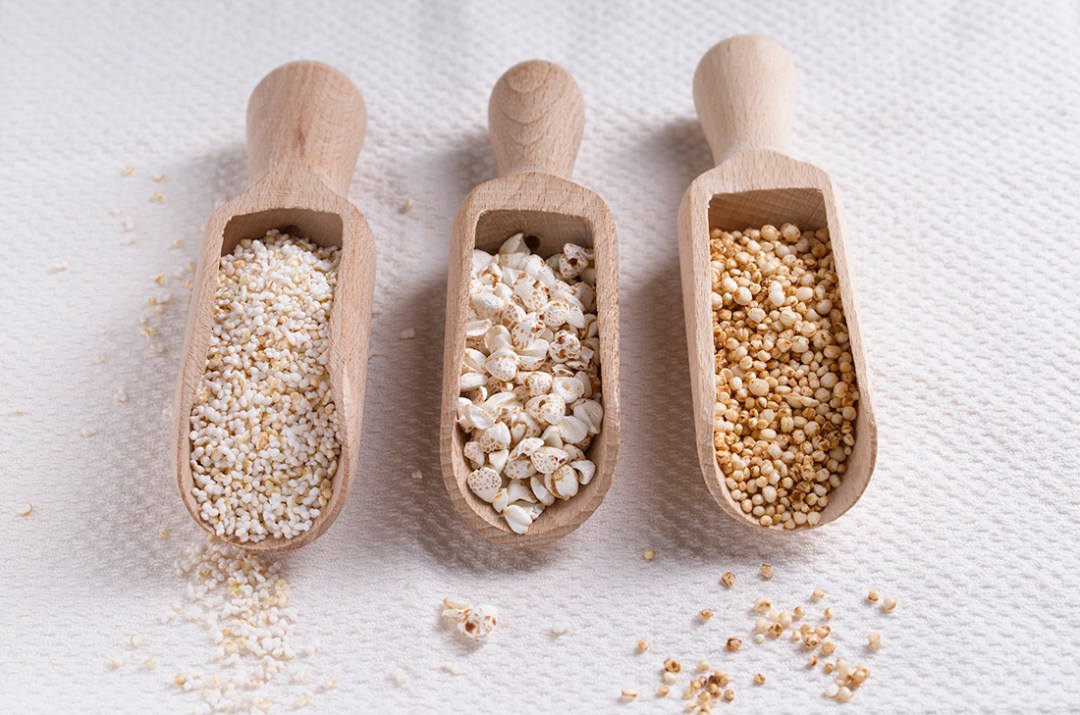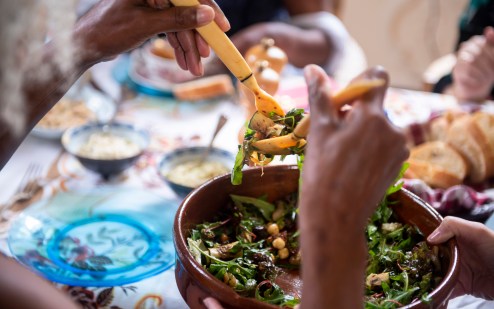Nutrition Notes: Add grains to your diet
Nutritionist Eve Kalinik gives the lowdown on grains and cereals

Grains were once thought of as the healthiest things to eat (and I’m not saying they’re not), but the recent rise in diets such as paleo, which supports gluten-free and grain-free foods, has caused people to question which grains, and how much, they should eat. It’s down to their chemical content (more on this later), and the fact that our pre-agriculture diets (as is the basis of paleo), did not include any grains.
Adding to the confusion is the rise in pseudo-grains or pseudo-cereals such as quinoa, amaranth, buckwheat, millet and kaniwa. Yes, these are still grains, but not necessarily as we know them. So, what’s different? Pseudo-grains are botanically different to wholegrains as they tend to be related to other plants; beetroot, in the case of quinoa, and rhubarb for buckwheat. They also don’t contain gluten, so are ideal for gluten-free diets, as they contain different types of protein that may not react in individuals who are sensitive to gluten.
Like their grain counterparts, pseudo-cereals do contain a load of nutrients, but they generally tend to be higher in protein. Quinoa, for instance, contains all nine essential amino acids (the building blocks of protein), which means they can be a reliable source, although they do have a relatively high carbohydrate content too, so don’t just rely on quinoa as your main protein. But here’s where what is true for these pseudos is also true for gluten-containing grains: both have other substances, often referred to as ‘anti-nutrients’ that can give unpleasant side effects if not treated with the respect they deserve.
These substances include things such as saponins – a natural protector against microbes, which can affect our stomach’s own microbial balance (although kaniwa is saponin-free); lectins – the general term for plant proteins, one of which is gluten, and can have similar negative side effects if you are sensitive; phytic acid – affecting absorption and uptake of other nutrients; and enzyme inhibitors that bind to enzymes and decrease their activity. The main thing with all grains, pseudo or not, is preparation. Sprouting and soaking will help to reduce these anti-nutrients, if not entirely negate them, and make sure you get the full nutritional benefits from your grains.
The real mantra is that moderation is key (true for every food), and taking a little more time over your grains will make your digestion happier in the long run.
HOW TO TREAT YOUR GRAINS
SOAK: depending on the type of grain, you'll need to soak them for different lengths of time.
RINSE: Once you have soaked your grains, make sure you rinse them well to wash off all the substances that you want to eliminate.
ROTATION: It's crucial that you don't rely on just one source of grain the you typically eat every day. As a general guide, rotate every three days to avoid your body building up intolerances.
For more from Eve, see evekalinik.com
Photograph: Corbis









